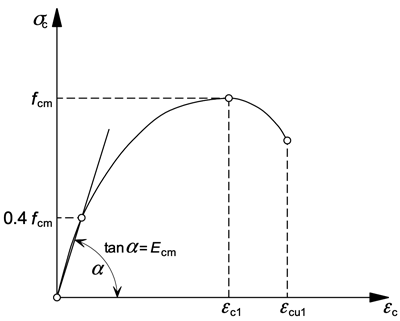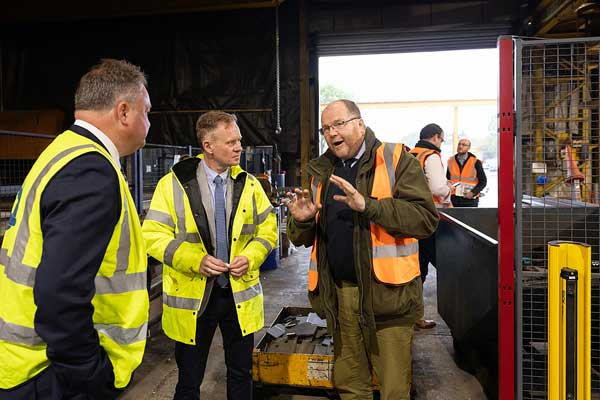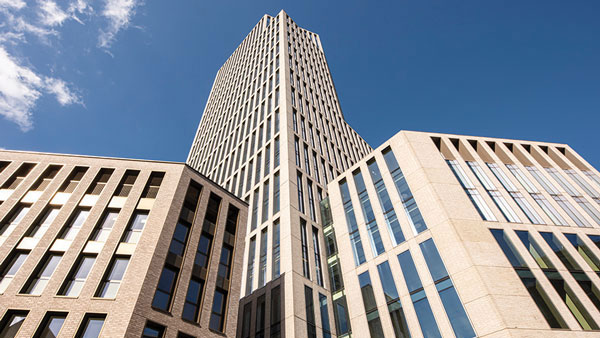News
President’s Column: February 2021
It’s public news that steel section prices have increased dramatically over the last six months, mainly on the back of commodity prices rising for both BOS and EAF manufacturing routes, and increased demand in China. Many mills have been trading in the red. Clearly, prices needed to rise, but the scale of the increases has been alarming and unfortunately every time steel prices go up it’s front-page news. However, when other materials increase their prices by similar levels, it always seems to go under the radar. It’s also worth remembering that there is a lot of steel in a concrete frame and rebar prices have rocketed too.
Although the raw material makes up a relatively small proportion of a steel-framed multi-storey building’s overall cost, less than 5%, I’m sure a lot of cost plans are being revised as we speak. This could result in more delays of buildings being released for construction, further exacerbating the reduction in overall work, which we’ve been experiencing since Brexit and COVID-19 loomed large. The BCSA lobbied very hard for extensions to furlough for this period six months ago with BEIS, and many of us are using this facility. Economists are predicting inflation will increase over the next two years, possibly up to 4%, and that will cause further problems to the cost of buildings. It’s important that unnecessary waste incurred in the process of building in the UK is reduced to offset some of these increases that are inevitable.
Over the last year there has been a tremendous growth in interest in ‘carbon’, with clients demanding comparison checks of the carbon footprint of a building made from differing materials. Steel has done well in the comparisons, but not as well it should. Unfortunately, when people have started to do comparisons they have concentrated on the ‘cradle to grave’ embodied carbon of the building, which does not take account of the recovery, re-use and more importantly the recycling of materials at end of life. The British Standards refer to this neglected part of the equation as ‘Module D’. If the construction industry was taking into account Module D, in combination with the embodied carbon of manufacture, Modules A1-A3, the embodied carbon factor for BOS steelwork would be reduced in the order of 65%.
Other materials do not have as good a message for end of life recovery, re-use and recycling, so ignoring Module D makes the whole process of embodied carbon comparison of building materials flawed and grossly unfair to BOS manufacture. EAF manufacture benefits from steel recycling, but these figures are not expressed in their Module D value as they are already included in their embodied carbon factors for Modules A1-A3. The BCSA is lobbying hard for construction professionals to take Module D into account in such embodied carbon comparisons. The recycling and re-use of material is one of the cornerstones of sustainable thinking and the circular economy. Our industry has been recycling steel successfully for many years and the scale of it is astonishing, in the order of 95% to 99%. Simply put, not taking into account recycling and re-use in embodied carbon comparisons is like not taking gravity into account when designing an aeroplane!
Mark Denham
BCSA President














